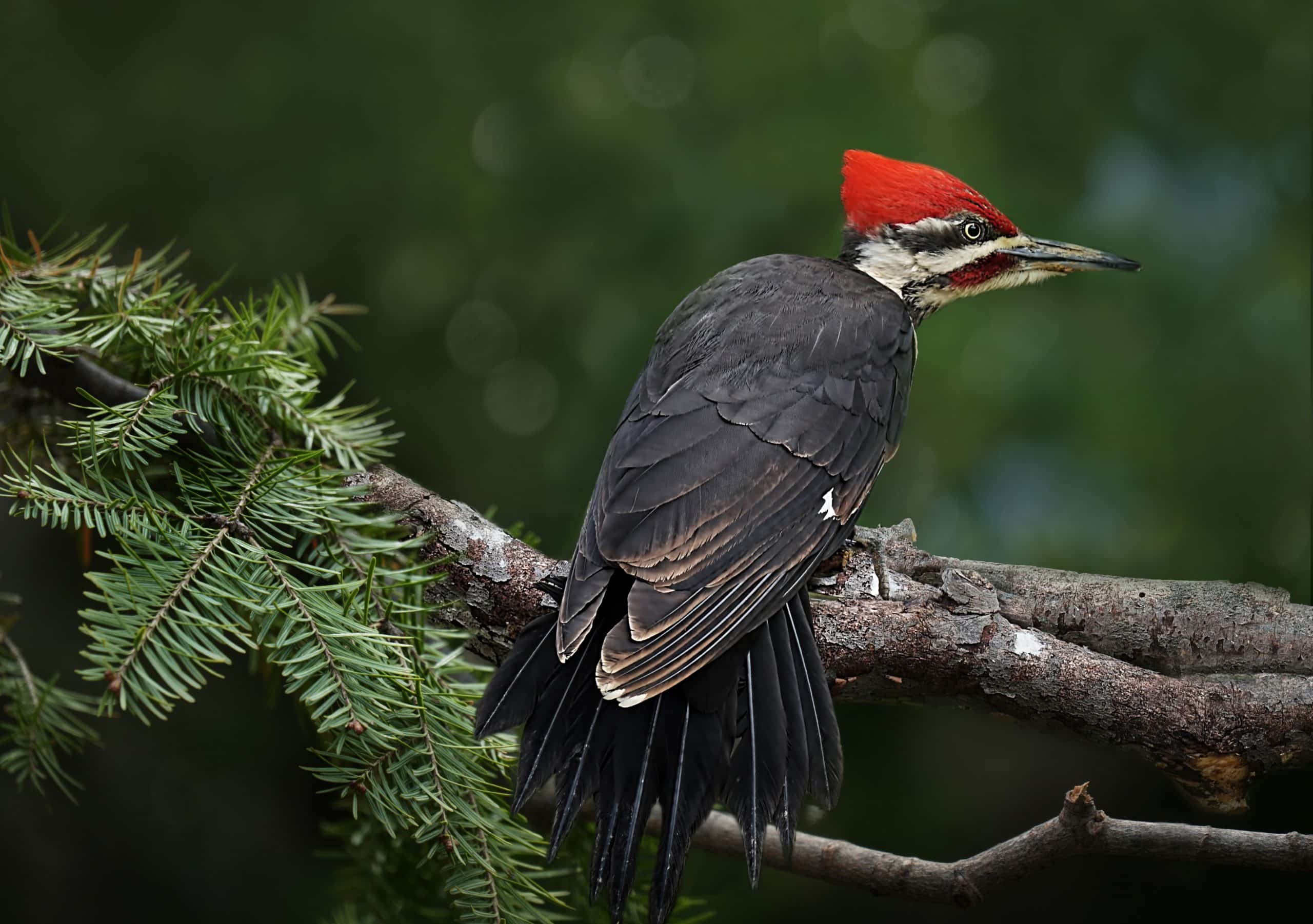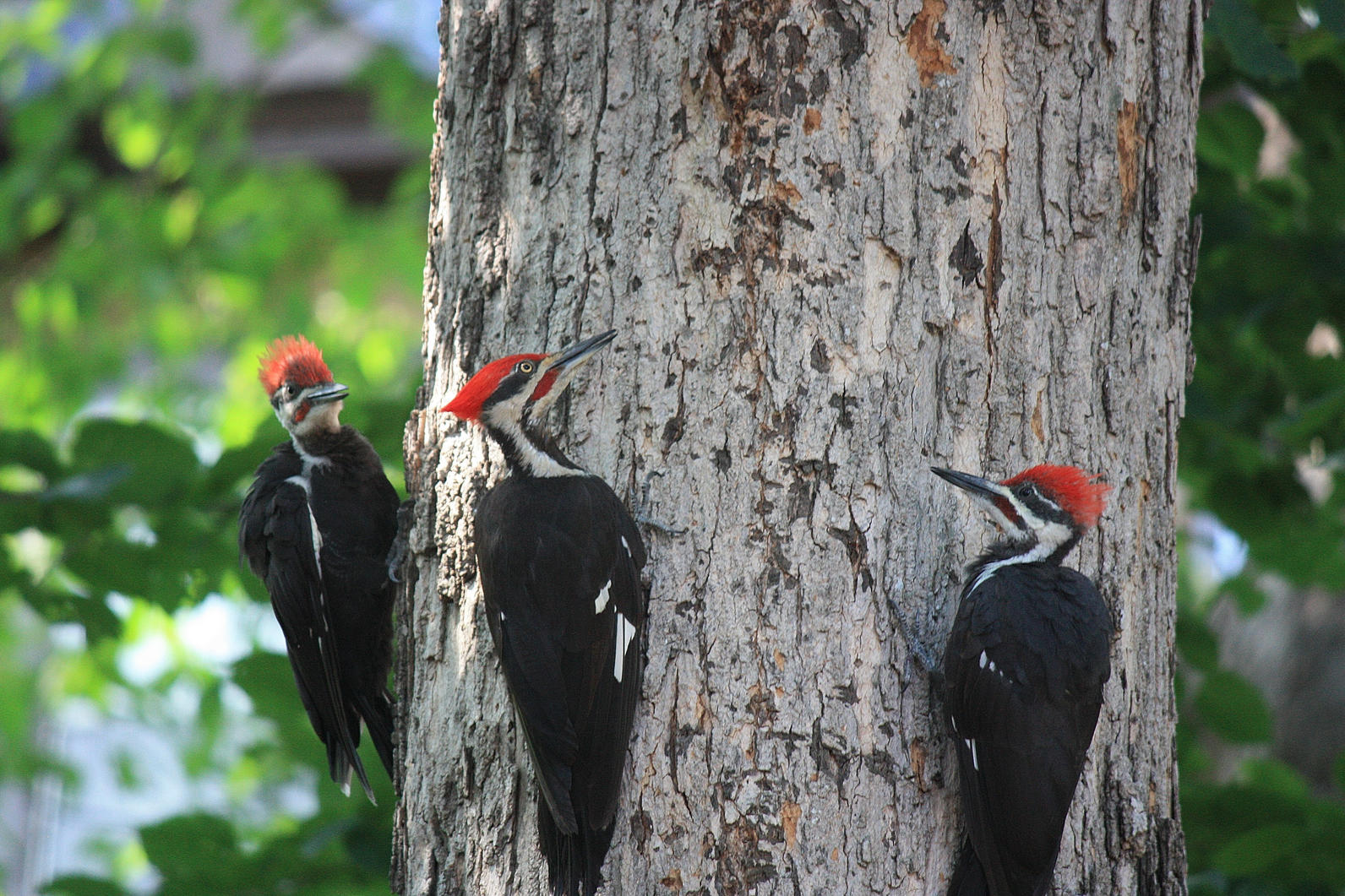Introducing the Secrets of Woodpeckers: Behavior, Habitat, and A Lot More
Woodpeckers, with their one-of-a-kind habits and specialized adaptations, have lengthy fascinated scientists and nature enthusiasts alike. By discovering the enigmas surrounding woodpeckers' behavior and habitat choices, a deeper understanding of these avian wonders emerges, using a peek right into their remarkable world.
Woodpecker Actions Insights
In taking a look at woodpecker actions, an interesting screen of specialized skills and adaptations arises, shedding light on their amazing ecological niche. Woodpeckers, recognized for their distinctive drumming on trees, have a selection of behavior qualities that contribute to their survival and success in their setting.
Moreover, woodpeckers display a distinct feeding habits defined by their capability to remove pests from tree bark using their specialized beaks. Their long, barbed tongues aid in recording prey, while their strong neck muscles supply security and accuracy during pecking activities. This feeding method permits woodpeckers to accessibility hidden insect larvae and remove them with remarkable efficiency.
Environment Preferences and Option
What aspects affect the environment preferences and choice of woodpeckers? One vital factor affecting woodpecker environment selection is the schedule of ideal nesting websites. Woodpeckers normally favor forests with a mix of mature trees that offer adequate opportunities for cavity excavation.
Additionally, woodpeckers reveal a choice for environments with a bountiful supply of food sources. They are primarily insectivorous, eating beetles, ants, larvae, and other pests located in rotting timber or tree bark. Woodpeckers tend to prefer woody areas with a varied insect populace to fulfill their dietary requirements.
In addition, the visibility of dead or rotting trees is an additional vital element in woodpecker environment selection. These trees not only offer food sources yet additionally supply ideal substrate for cavity excavation. Dead trees are vital for the upkeep of healthy and balanced woodpecker populaces, as they play a vital duty in the woodpeckers' life cycle and environment characteristics.
Feeding Routines and Diet Make-up
Woodpeckers demonstrate a specialized feeding habits concentrated on foraging for insects within various habitats. In enhancement to pests, woodpeckers additionally consume tree sap, fruits, nuts, and seeds, including range to their diet regimen depending on the period and availability of food resources.
The foraging strategies of woodpeckers are well-adapted to their arboreal way of living. Woodpeckers play a vital role in maintaining the wellness of woodlands by managing insect populations and helping in the decay of wood.
Drumming Appears and Interaction
Utilizing fast drumming sounds on different surface areas, woodpeckers utilize an unique type of communication to signify territory limits and attract companions. This drumming habits is not just a means of communication yet likewise serves as a way for woodpeckers to develop their existence within a particular location. The intensity, rate, and pattern of the drumming can communicate important details to other woodpeckers in the vicinity.
Woodpeckers make use of drumming sounds to introduce their existence in a region and to alert off prospective burglars. The loud and repetitive nature of the drumming works as a clear signal to other woodpeckers that the location is already asserted. This helps in lowering disputes and decreasing physical conflicts in between individuals.

Survival Adaptations and Specialized Composition

Verdict
Finally, woodpeckers display special behaviors, such as drumming sounds for interaction, and have actually specialized anatomy for survival in their chosen environments. Their feeding he has a good point routines and diet regimen structure even more demonstrate their flexibility to different environments. By understanding these facets of woodpeckers, researchers and conservationists can much better secure and maintain these fascinating birds and their ecological communities.